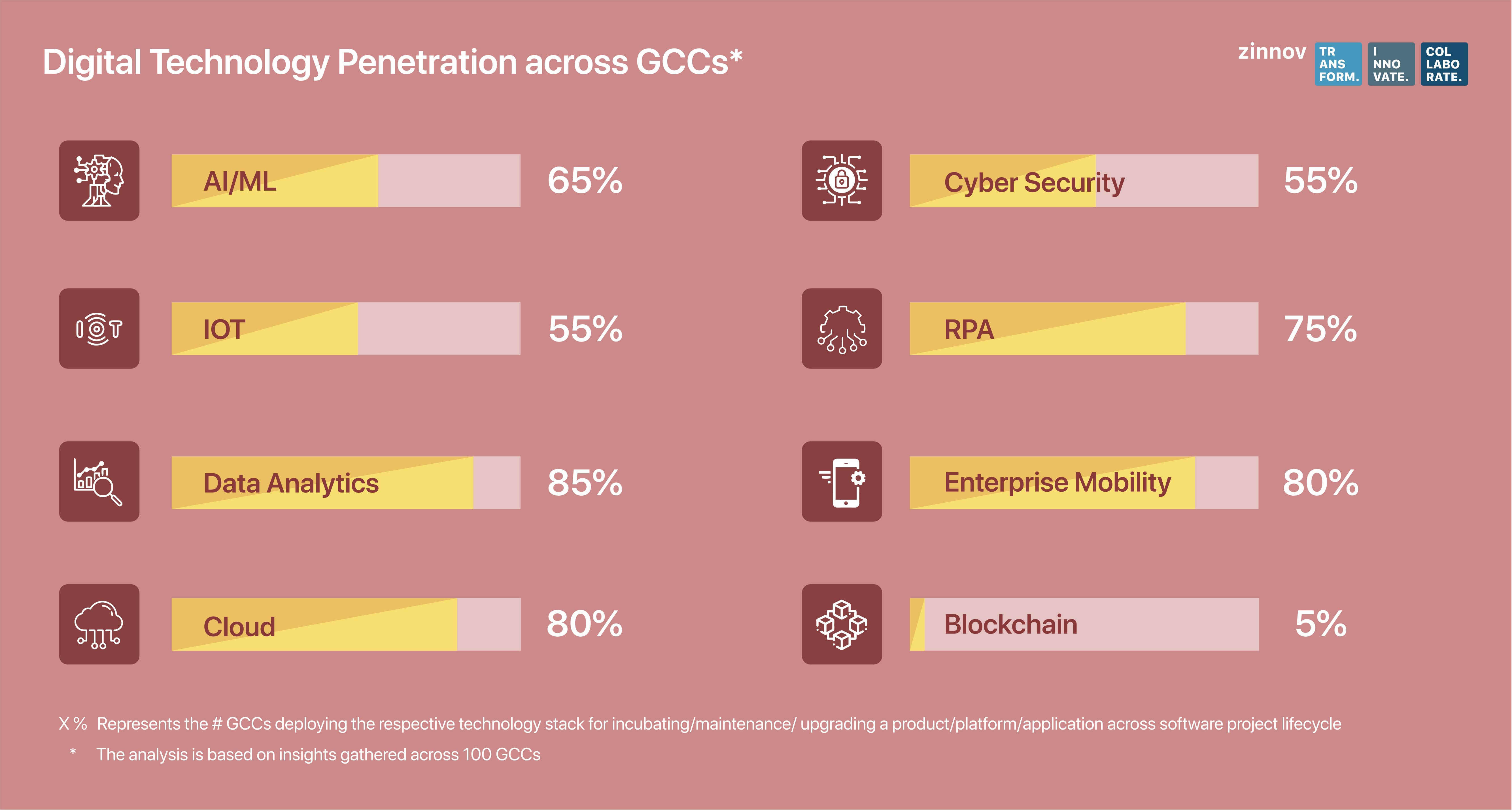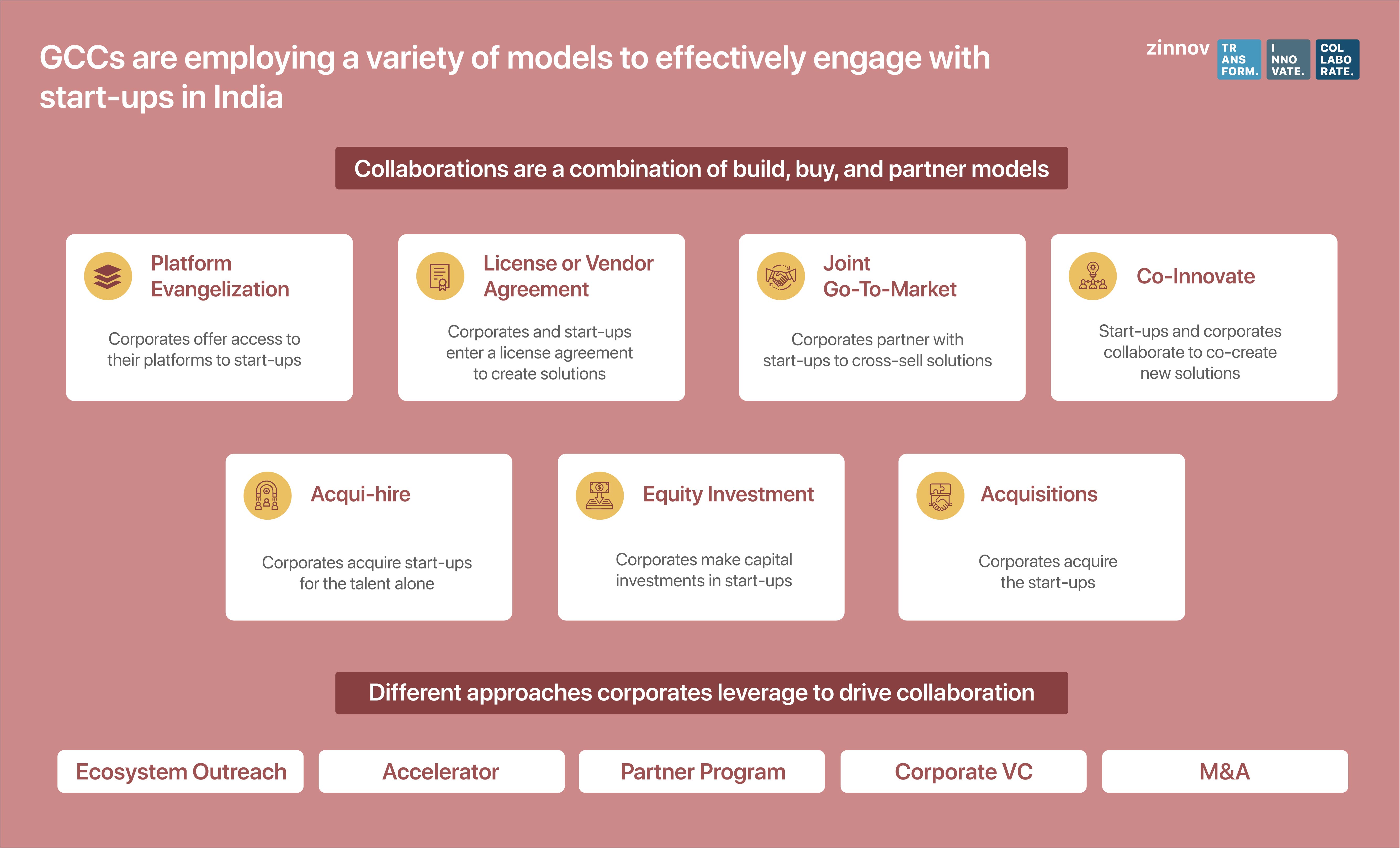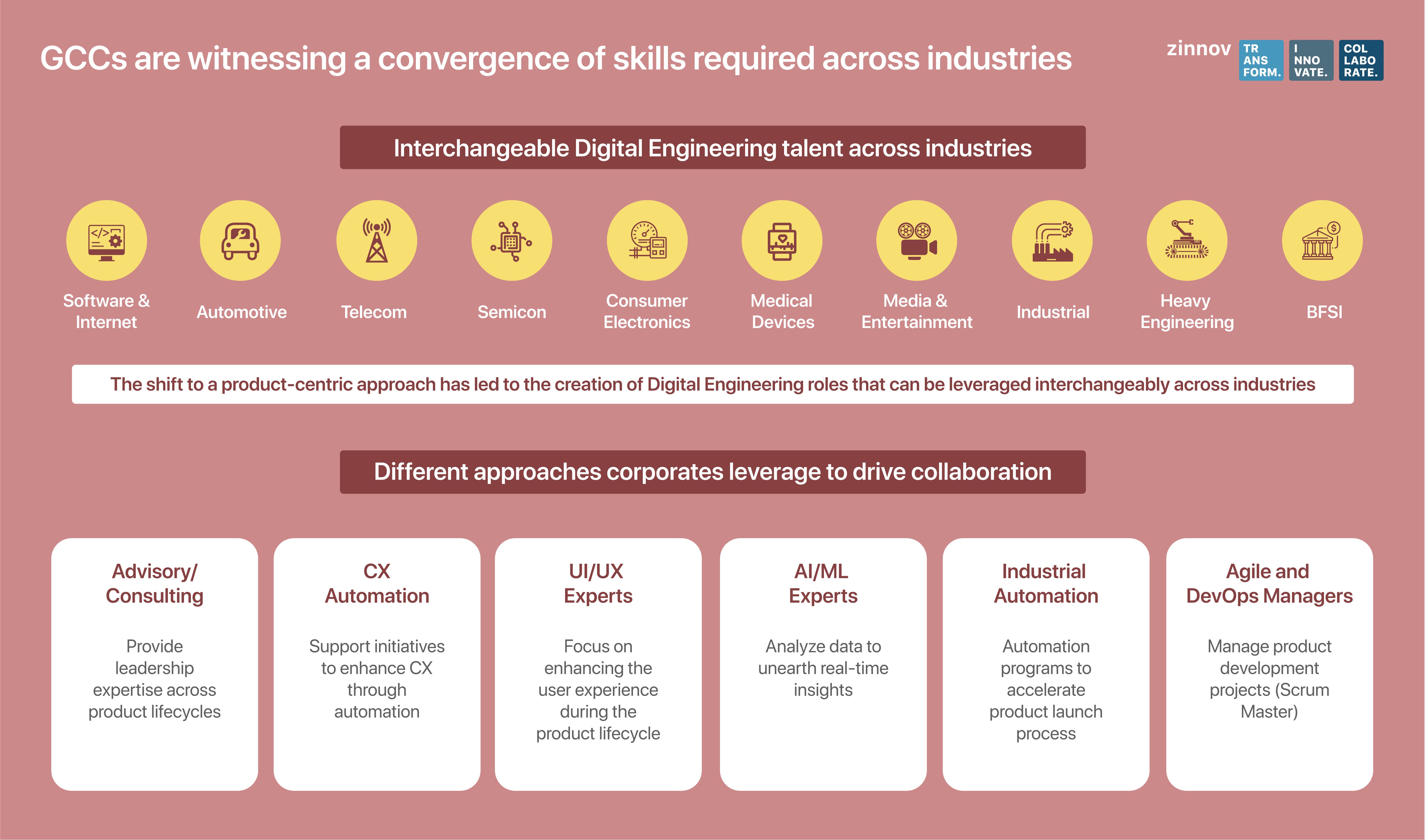|
|
Indian global centers have focused on value creation and innovation than just cost arbitrage over the last decade or so. A key factor accelerating this change is the proliferation of new-age digital technologies such as AI/ML, RPA, IOT, Big Data, etc., which has blurred the lines between verticals and companies alike. Given this and the ongoing war for digital talent across the globe, how are Global Capability Centers in India looking at delivery and profitability? How have the personas of GCCs transformed with reference to HQ, while delivering tangible business outcomes for HQ?
New-age digital technologies like Artificial Intelligence (AI), Machine Learning (ML), Internet of Things (IOT), Analytics, and Cloud Computing have become the main focus areas for GCCs in India. The increasing digital penetration in GCCs across verticals has made it imperative to focus on the above-mentioned technologies. Hence, GCCs are upping their innovation agenda by building niche technology CoEs. Digital technology adoption has transcended industry verticals, with organizations exploring different use cases. Software, Automotive, and Telecom GCCs are leading the digital adoption across organizations.

GCCs in India are leveraging one of the following approaches to drive the digital penetration ahead –
One of the crucial ways that GCCs can boost their innovation agenda is by collaborating with start-ups. Hence, GCCs are employing a variety of models to effectively engage with start-ups in India. These collaborations are a combination of build, buy, and partner models.

To drive these collaboration models, corporates can leverage different approaches, as illustrated by the image below. Further, successful corporate collaboration programs have a high degree of customization, with clearly defined objectives and resource allocation to drive tangible and impactful business outcomes.
Another aspect of effective partnerships is collaborations with universities. GCCs are actively leveraging the university ecosystem through multiple models through sponsored infrastructure, designing training programs and curriculum, consulting, open research, and even outcome-based partnerships. Such collaborations not only help GCCs to stay at the forefront of technology research and emerging trends, but also help in creating a steady pipeline of technology-ready talent.
GCCs are increasingly shifting to product delivery models to reduce time-to-market. In this model, the IT teams are aligned to product lines where individual product owners are responsible for creating product roadmaps and new features, in collaboration with business teams. Such product line alignment and specific roles like product owner ensure that IT teams have clear visibility of the business user requirement. Further, agile delivery combined with product line alignment helps in continuous delivery. In fact, full stack engineering teams take end-to-end work portfolio ownership of the product, thereby reducing quality issues and improving the time to market.
With the evolution of technology, the lines between different skills are blurring. In fact, GCCs are witnessing a convergence of skills required across verticals. The decided shift of organizations towards a product-centric approach has led to the creation of digital engineering roles that can be leveraged interchangeably across industries.

To build skills in emerging technologies, GCCs are adopting a hybrid approach. The skill development roadmap for most emerging technologies is a combination of build and buy strategies. The decision to acquire talent from the ecosystem or internally build capabilities is a function of the following parameters –
Inclination towards building skills in-house: A majority of organizations surveyed have revealed that the bulk of the future deployment in emerging technologies will be through in-house skill-building and reskilling initiatives.
Hire SMEs and build teams from scratch: In the nascent stages of a technology’s adoption within a particular organization, it is a common practice to hire Subject Matter Experts (SMEs) from the ecosystem and empower them to lead the skill-building initiative in the area.
Some GCCs often leverage the expertise of SMEs in the HQ or digital labs in locations such as Singapore and Israel, provided there are development centers in these locations to build teams around emerging technology areas. Within the emerging technologies, borrowing talent or staffing teams with contractual employees is extremely rare and has been observed only in sub-skill areas considered to be non-critical for the organization. For instance, an automotive GCC employs contractual employees to handle database management-related tasks within the larger ML and Data Science group.
Further, it has also been observed that organizations are heavily inclined towards building end-to-end capabilities within any emerging skill area that they wish to venture into. Acquisition of talent from the ecosystem for a particular skill is generally observed only in cases where the organization doesn’t have a critical mass of SMEs within the organization for the particular talent and wishes to kickstart a team leveraging the external SME.
With GCCs in India set to leverage all that the ecosystem has to offer to drive the next wave of growth, it’s only a matter of time before we see a slew of innovation-first GCCs. This will not only set the existing GCCs on the path to cutting-edge innovation but also pave the way for newer MNCs contemplating global center setup in India.